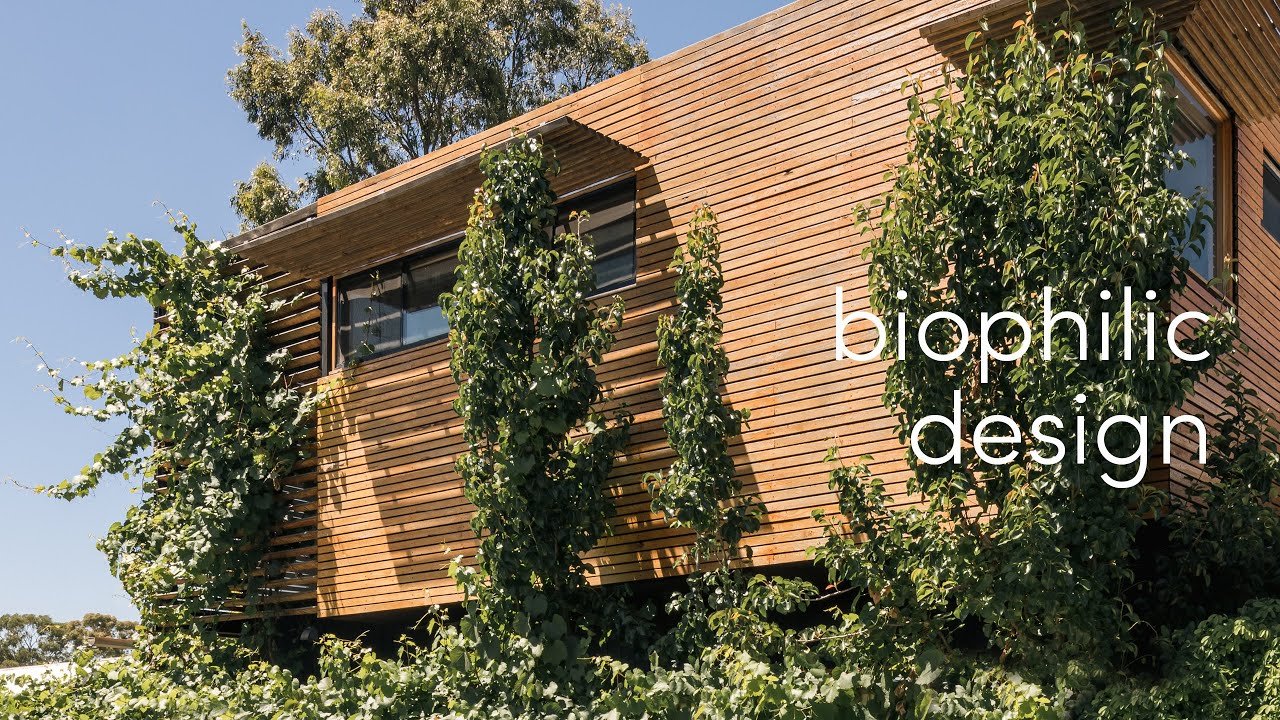Biophilic design is a concept that integrates nature into the built environment, enhancing the connection between people and the natural world. This design philosophy is rooted in the belief that humans have an innate affinity for nature, and that our well-being, productivity, and overall quality of life are improved when we are surrounded by natural elements.
The Principles of Biophilic Design
Biophilic design is guided by several core principles that aim to create spaces that foster a strong connection with nature. These principles include:
- Direct Connection to Nature: This involves incorporating natural elements such as plants, water features, and natural light into the design. The presence of greenery, sunlight, and the sound of water can evoke a sense of calm and reduce stress.
- Natural Patterns and Forms: Biophilic design often includes patterns and forms found in nature, such as fractals, organic shapes, and flowing lines. These elements can be incorporated into architecture, furnishings, and decor to create a more harmonious and aesthetically pleasing environment.
- Material Connection with Nature: Using natural materials like wood, stone, and natural fibers helps create a tactile connection with nature. These materials not only enhance the visual appeal of a space but also contribute to a sense of warmth and comfort.
- Prospect and Refuge: This principle involves designing spaces that offer both open, expansive views (prospect) and areas of shelter and privacy (refuge). This combination creates a sense of security and allows for moments of solitude and contemplation.
- Sensory Engagement: Biophilic design engages the senses by incorporating elements that appeal to sight, sound, touch, and even smell. The rustling of leaves, the texture of natural materials, and the scent of flowers can all contribute to a multisensory experience that deepens the connection to nature.
Benefits of Biophilic Design
Biophilic design is not just about aesthetics; it offers a range of benefits for the mind, body, and environment. Some of these benefits include:
- Enhanced Well-Being: Numerous studies have shown that exposure to nature reduces stress, lowers blood pressure, and improves mood. Biophilic design can help create environments that promote relaxation and mental well-being.
- Increased Productivity: In workspaces, biophilic design has been linked to increased productivity, creativity, and job satisfaction. The presence of natural elements can enhance cognitive function and reduce absenteeism.
- Improved Air Quality: Incorporating plants into interior spaces can improve air quality by filtering pollutants and increasing oxygen levels. This contributes to a healthier indoor environment.
- Sustainable Design: Biophilic design often aligns with sustainable practices, such as using locally sourced, renewable materials and maximizing natural light. This not only reduces environmental impact but also creates energy-efficient spaces.
- Stronger Community Connections: In public spaces, biophilic design can foster a sense of community by creating inviting, restorative environments where people can gather, relax, and interact.
Applications of Biophilic Design
Biophilic design can be applied in various settings, from homes and offices to public spaces and healthcare facilities. Here’s how it can be implemented in different environments:
- Residential Spaces: In homes, biophilic design can be achieved by incorporating indoor plants, large windows that allow natural light to flood in, and the use of natural materials like wood and stone. Creating outdoor living spaces, such as gardens or patios, also enhances the connection to nature.
- Workspaces: Offices can benefit from biophilic design through the inclusion of green walls, natural lighting, and spaces that encourage movement and interaction. Breakout areas with access to nature or views of the outdoors can provide employees with much-needed mental breaks.
- Healthcare Facilities: Hospitals and clinics can use biophilic design to create healing environments. Gardens, water features, and natural light can reduce stress and promote faster recovery for patients, while also providing a more pleasant atmosphere for staff.
- Urban Planning: In cities, biophilic design can be integrated into public parks, green roofs, and urban forests. These green spaces not only enhance the aesthetic appeal of urban areas but also improve air quality and provide residents with opportunities for recreation and relaxation.
Challenges and Considerations
While biophilic design offers many benefits, it also presents certain challenges. For instance, incorporating natural elements into built environments requires careful planning and consideration of factors like climate, maintenance, and budget. Ensuring that the design is accessible and inclusive for all users is also important.
Moreover, biophilic design should be more than just a superficial addition of plants or natural materials; it should be integrated into the core of the design process to create truly meaningful and impactful spaces.
Conclusion
Biophilic design is a powerful approach that reconnects people with nature, offering a wide range of benefits for health, well-being, and sustainability. By thoughtfully integrating natural elements into our living and working environments, we can create spaces that not only look beautiful but also nourish the mind, body, and spirit. As the world continues to urbanize, the principles of biophilic design will become increasingly important in shaping the future of our built environments.
